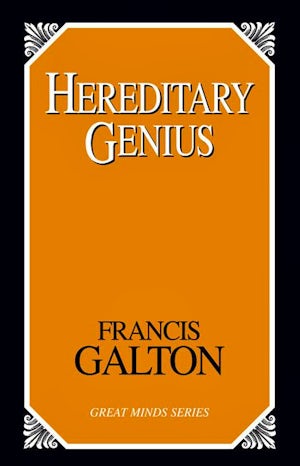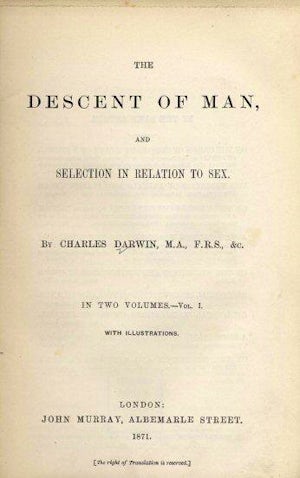
1895. Wells' classic novel is often understood as a reflection of his personal views on eugenics which were revealed in other stories including The Island of Doctor Moreau (1896) , The War of the Worlds(1898) , and The First Men in the Moon (1901). (Fayter, 1997, p. 263) The Time Machine in particular represents one of the earliest instances of Wells’s rejection of positive eugenics. (Parlington, 2002, p. 61) The Time Machine depicts a dystopian future in which humans have diverged into two distinct species: the fruit-eating, beautiful Eloi, descended from the leisured class, and the ape-like subterranean Morlocks, stereotypical cavemen (“troglodytes”) descended from the working class. To this end Wells’s story serves as a type of literary cautionary tale urging the reader to look to the condition of humankind and act before it is too late. (Partington, 2002, p.58)
The Morlocks maintain the machinery left by the ancients, which enables the Eloi to live in their paradise, and prey on the Eloi in return. This presentation reinforces the concept that certain classes of people are inherently “superior,” but suggests a symbiotic relationship between the “superior” and “inferior” classes. Which race is superior is not clear at first in the story. Initially the time traveler believes that the Eloi are the sole inhabitants of the future earth, then upon learning of the existence of the Morlocks he believes that the Eloi rule over the Morlocks. It is only as the story reaches its conclusion that it becomes evident that the Morlockian society is advancing out of necessity while the Eloi society has grown static and is therefore falling victim to degeneration. (Partington, 2002, p.58; Wells, 2997, p.103).
The Time Machine has been a largely influential science fiction novel on popular culture. The novel has inspired numerous radio, film, television, and comic book adaptations, and has also influenced many works of fiction, including the creation of many sequels. It is also a source of significant scholarship, particularly on utopian and dystopian futures in science fiction.
This novel has entered the public domain and is available as an ebook.
-Leslie Baker and Amy Dyrbye
Partington, J.S. (2002). The Time Machine and A Modern Utopia: The Static and Kinetic Utopias of the Early H.G. Well. Utopian Studies, 13(1), 57-68.
Fayter, P. (1997). Strange New Worlds of Space and Time: Late Victorian Science and Science Fiction. In B. Lightman (Ed.), Victorian Science in Context. Chicago: University of Chicago Press.
 1869:
Galton publishes Hereditary Genius
1869:
Galton publishes Hereditary Genius
 1871:
Charles Darwin publishes The Descent of Man
1871:
Charles Darwin publishes The Descent of Man